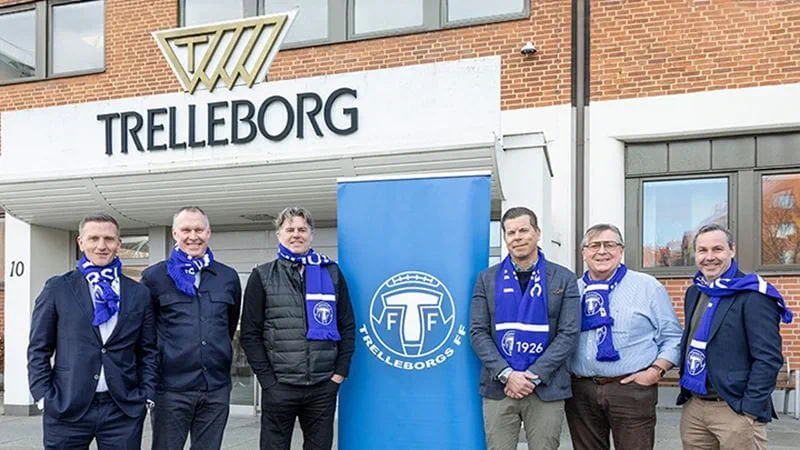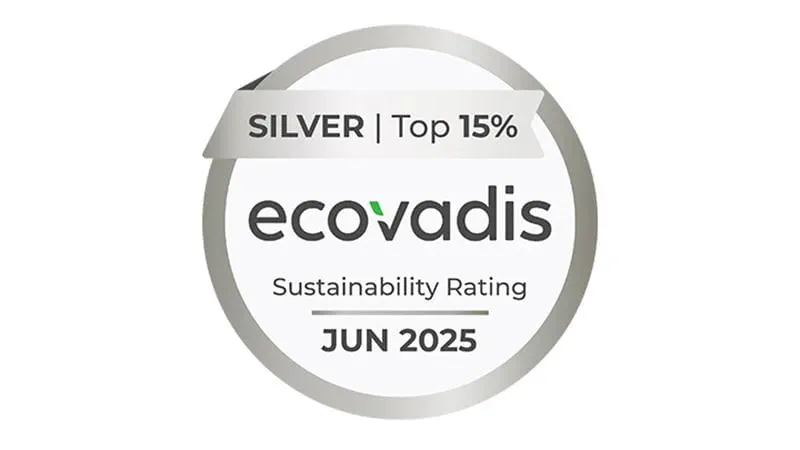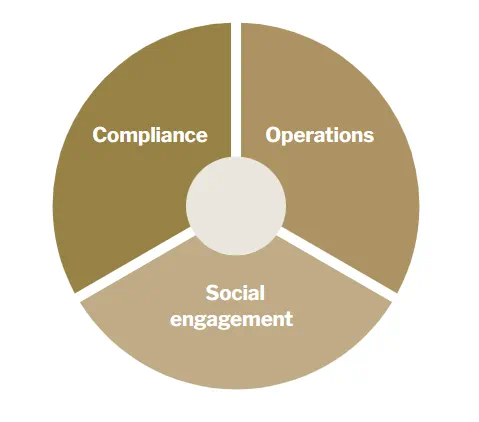Sustainability Framework
We work systematically to improve our key processes. We take care of our people, minimize waste and aim for circular resource use.
Compliance
We abide by laws and regulations, respect human rights and are characterized by exemplary business ethics in line with our Code of Conduct.
Social Engagement
We want to be a part of the local communities where we are present, support learning and development activities and act as a good corporate citizen.
Read more about Trelleborg’s sustainability framework
Material sustainability topics
Trelleborg has conducted several rounds of materiality assessments in the area of sustainability since 2007, primarily with the help of surveys and interviews of internal and external stakeholders. This is to ensure that the company’s sustainability orientation matches the significance that Trelleborg’s operations have for various stakeholder groups, and that its sustainability communications actually meet perceived expectations.
Read more about Trelleborg's material sustainability topics
Sustainability News

Trelleborg Champions Community Growth with Trelleborgs FF
Trelleborg AB strengthens community growth through an expanded partnership with Trelleborgs FF, supporting youth engagement and regional development.

Improved EcoVadis score
In June 2025, Trelleborg achieved an improved EcoVadis score, earning a Silver Medal for the commitment to sustainability and responsible business practices.

Trelleborg’s Sustainability Reporting continues to develop
Sustainability reporting
Trelleborg's Sustainability work focuses on aspects of sustainability that create long-term value, sharpen performance and really matter to our customers, employees and shareholders. By asking our stakeholders what they consider essential, Trelleborg has identified the most important aspects of concern to feature in our reporting.

Questions and answers
FAQ Environment
FAQ Social
FAQ Governance
Sustainability Contacts
Contact our sustainability team: sustainability@trelleborg.com
For Product inquiries or related matters, please go to: Contact us

Johan Wijk



